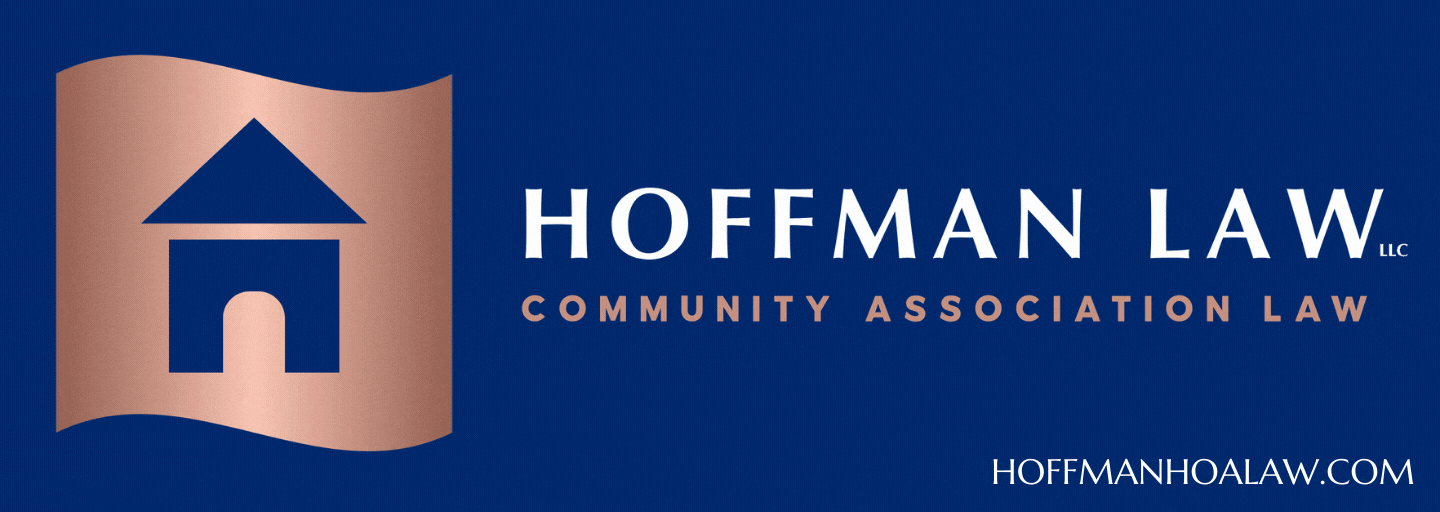This article courtesy of Keystone CAI Platinum Partner Eiseman Construction.
Bad winters cause many headaches for homeowners and community associations: sore backs from shoveling, empty bank accounts from high heating, bills from hiring plows, andgeneral cabin fever. Just when the drudgery of winter should be lifting and the warm sun of spring coming, ice dams can wreak havoc inside homes. It is important to understand that ice dams and resulting leakage are a weather-related phenomenon that can occur on a structurally sound, healthy roof.
Ice dams occur when a large amount of snow or ice accumulates on the roof and then begins to melt. The snow melts by either the daytime sun or because too much heat is escaping through the roof. Afternoon sun may reach certain areas of a roof, like the top, and be blocked from other areas. As a result, it may be nearly impossible in some cases to prevent an ice dam from forming. The melted snow reaches the edge of the roof or the gutters, and the water turns into ice. The ice forms at the roof edge because the roof over-hang does not benefit from home heat escaping higher up on the roof. Even if the attic is properly insulated, the metal of the gutters is colder than the roof, so when the water reaches the gutter, it can quickly turn to ice. This ridge of ice is called an ice dam.
When additional snow melts, the ice dam prevents water from running off the roof. The water backs up underneath shingles, flows into the home, and causes interior water damage. Real catastrophe can happen when late winter or early spring rains start before those ice dams have time to melt. Ice dams can result in significant damage to home interiors, and if left unrepaired, to roofing structures. There are simple steps homeowners can do to protect their home from ice dams.
1. Ensure that all gutters are clean prior to the first snowfall. Clean gutters give trickling water the proper avenue off the roof.
2. Make sure attics are properly vented. Correct roof ventilation ensures heat is not trapped in the attic facilitating snow melt. Pay special attention to bathroom fans and dryer vents which blow warm, moist air into your attic space when not vented outside.
3. Attics need to be properly insulated. The proper amount of insulation will prevent heat from escaping the attic. Also, high hats or recessed lights produce significant amounts of heat when they are mounted into the ceiling and not properly insulated.
4. Lower pitched roofs are more susceptible to leakage should an ice dam form. Be sure to pay particular attention to prevention efforts in these areas.
For those preparing for a re-roofing project, there are roofing products designed to mitigate interior damage caused by ice damming. Waterproof leak barrier installed under the shingles is standard in roofing design. The leak barrier products do not prevent the formation of ice dams. Rather they are a defense to help keep water that has already backed up under the shingles from penetrating the roof and entering the home’s interior. The width of the leak barrier/ice dam protect membrane may be determined by the homeowner or reroofing project manager. Generally, the leak barrier product is between 3 and 6 feet wide. The wider the leak barrier, the more protection it provides if water starts to back up on the roof. Roofing professionals recommend 6 feet of protective leak barrier. This is also the recommended distance for the more robust roofing warranties which exist for consumers, such as the GAF Golden Pledge and the Certainteed 5 STAR warranty. The products recommended for your next roofing project are, for instance, GAF’s weather watch and Certainteed’s winter guard.
Also, if gutter cleaning is not a priority, a gutter guard system should be considered.
If, despite your best efforts, ice dams have formed on your roof, roofers and insurance agents caution homeowners against trying to remove ice and snow themselves. Roof ice can make inspections and remedies dangerous. If an active leak from ice damming has formed, the immediate relief is to either remove the snow, remove the ice dam, or remove some of both. Removing the ice dam requires work that can damage the roof material. As a result, assessment and repair is best left to roofing professionals.
Ice dams are a winter headache. Prevention and quick remedial action are the keys to avoiding substantial property loss and repair costs. Roofing professionals are available to inspect and recommend the best prevention and repair options for your home or community association.

















